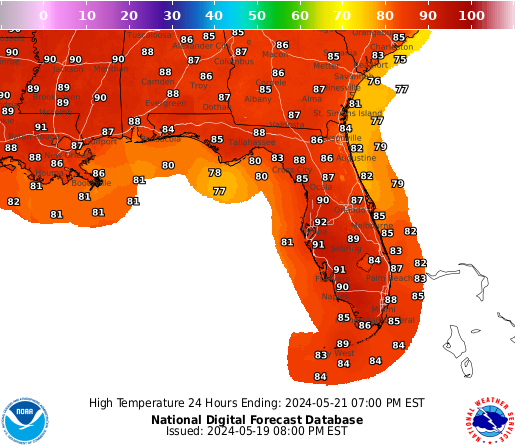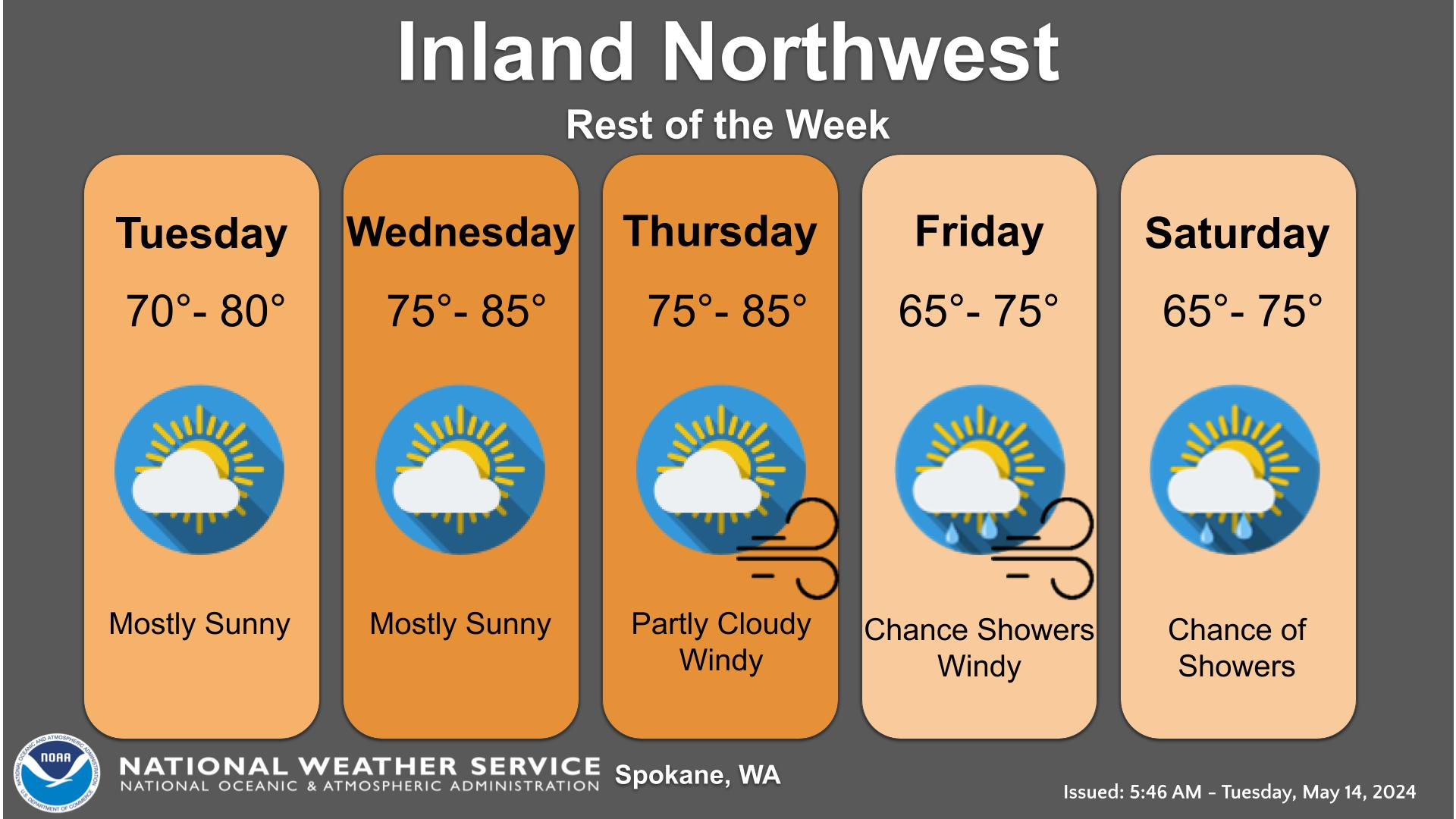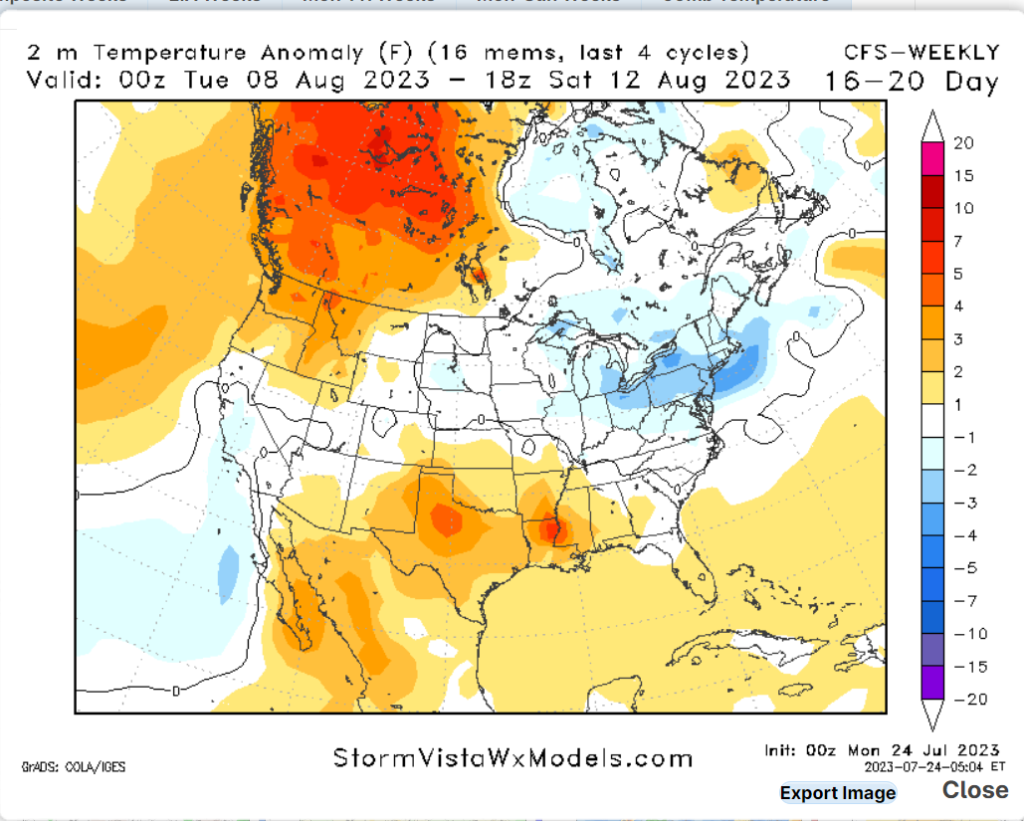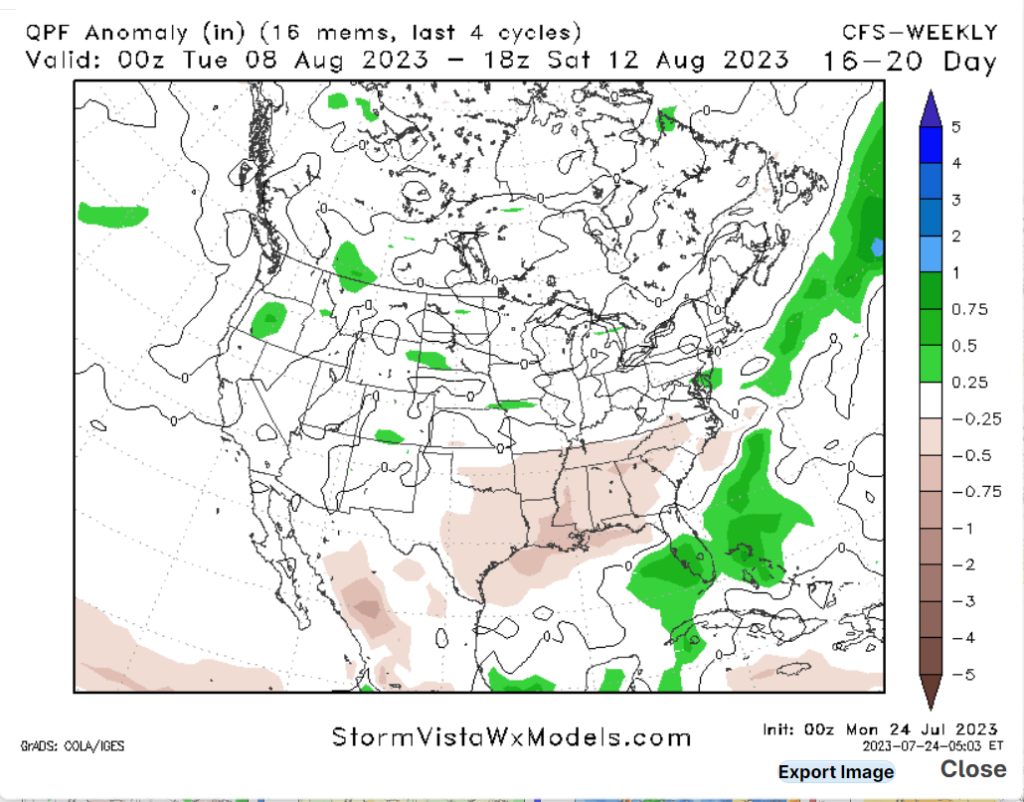
Hello Everyone; I hope you are having a great Tuesday. Looking at the general Picture, we have two main things to discuss. The First is the heat, which continues to batter the Southern United States. The second is the increasing concern about wildfires in the Pacific Northwest. Let’s jump into this forecast.
The Relentless Heat Continues


If you’ve been paying attention to these national forecasts over the last couple of weeks, you have probably seen the consent reports about the heat in the Southern United States. This trend is expected to continue, although a slight weakening trend has been observed over the last couple of days. An area of high pressure was centered over the Four Corners region for some time and has caused temperatures in the Southwest to skyrocket. Phoenix, Arizona, has seen 25 days of temperature at or above 110 degrees Fehernight (43.3 degrees Celcius). Areas in Southeast Florida have declared multiple excessive heat warnings, which are uncommon in Florida. Some good news is that models are showing areas in the Southwest and Southeast may see a cooldown. The monsoon season is also expected to begin in the Southwest, bringing critically needed rainfall to the region. Unfortaly, models are showing that areas of Texas and Louisiana can expect above-average temperatures for the time being. Excessively high temperatures are a primary driver in wildfires, which I will get into next.
Increasing Wildfire Concerns

When an area receives above-average temperatures for long periods of time, wildfire concerns increase. The Pacific Northwest is the area I am keeping a close eye on for wildfire activity. Due to a combination of dryer-than-average conditions, high winds, and warmer temperatures, wildfire danger is forecasted to increase in this region. This does not surprise me because the area received below-average snowfall last winter, contributing to the drought conditions. Also, dry winds from the Southwest are causing humidity levels to drop drastically, which drys out plants and vegetation. Looking at the next few days, look for dry, hot, and sunny conditions to dominate the forecast, increasing the chances of wildfires. Some way to prevent wildfires is to not bern things outdoors, obey local fire laws, extinguish all fires you started, and don’t leave a fire unintended.
Extended Outlook


Looking at our extended outlook, there is one that is apparent. the heat wave that has been ravaging the Southern section of the country seems to be weakening. A shift in the patterns is the primary reason why we are seeing this trend. This is great news for some and bad news for others. The good news is that the Southwest is expected to catch a break from the relentless heat, with temperatures expected to drop more on average for this time of year. Not only this but rainfall chances are forecasted to increase in the region. The bad news is that areas in Southcentral and Pacific Northwest regions are expected to see above-average temperatures. This is not good news for wildfires in the Pacific Northwest or the Texas Power Grid.
Conclusions
If you live in the Southwest and are done with the heat, you are in luck, as this pattern shift should cool things down a little and increase the chances of rainfall. Areas in the Southcentral region can expect temperatures to remain above average for the time being. Areas in the Pacific Northwest can expect the dry trend to continue, increasing the chances of seeing wildfires.

